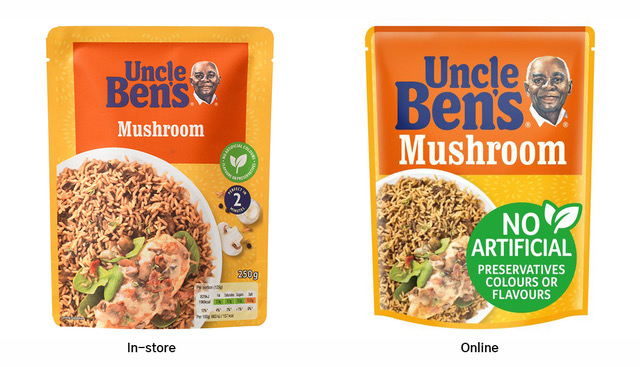Online grocery shopping is growing significantly as a result of Covid 19. After four years of relatively low growth, the online channel is set to grow by a whopping 33% in 2020. To put that into context, Tesco’s online penetration has reached 14% of households – almost on a par with Waitrose’s total store penetration level.
And even as we start to feel comfortable with real life shopping again, it’s likely this online habit and behaviour will continue and become part of our ‘new normal’. A recent survey showed 48% of respondents expect to be using online retail more than before as lockdown eases, and 47% said they expected six months on to still be doing more shopping online than pre-crisis.
Add the fact that there are huge differences in shopper behaviour online versus in-store, such as:
- Less browsing – both in terms of number of categories, as well as within category – as we shop mostly from our favourites.
- Our ability to quickly decipher the information we need to make a decision, especially when we are increasingly using mobile phones to do this.
And this presents both challenges as well as opportunities for brand owners.
So what does all of this mean for design?
We have forever looked through the lens of the all-important grocery fixture when it comes to design. We discuss at length standout and disruption, brand blocking and architecture, price tiering, and readability including how we need to present and bring attention to key messages and claims. However, when it comes to the online world, the design rule book needs re-thinking.

Many of the big FMCG businesses from Unilever to Kellogg’s led the march on this a few years ago. Hero pack images were created for the online environment to work alongside their in-store pack and these are still evident today.
Stripped back entirely with a much bigger emphasis on the variant/product detail and pack size/volume, what these designs possibly lose in craft and detail, they make up for on big branding (all the distinctive assets are firmly retained and often amplified) and a focus on the important messages for the channel.

However, this is still hit and miss looking at an audit of brands on Tesco.com this week and many brands continue to use their in store packs online.
Perhaps this channel was not important enough previously to warrant the hero pack creation? Or there was a sense that what you gain in simplicity you also lose in the beauty and the craft that comes with branding?
Regardless of the reason, now is exactly the right time to be thinking of your brand in this channel going forward.
By Louise Kennedy who is Strategy Director at Brandon Consultants

You must be logged in to post a comment Login